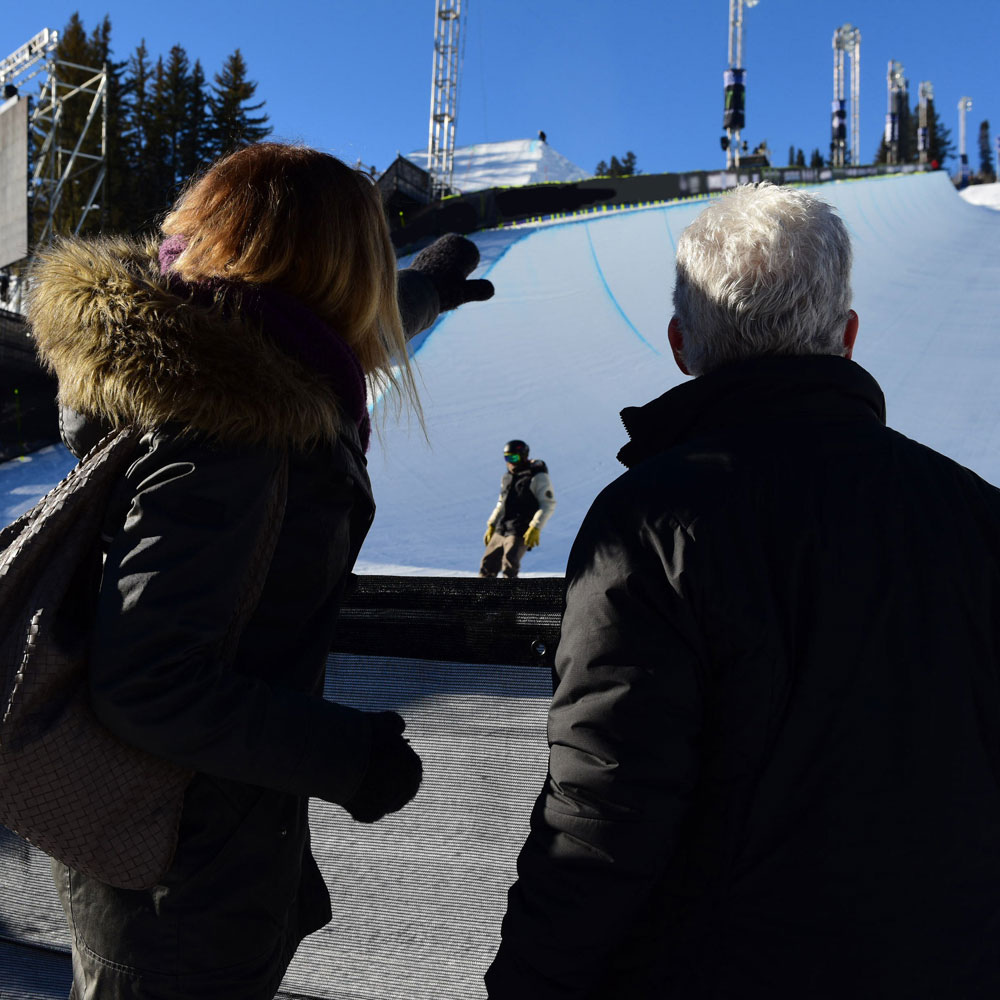
December 29, 2019; Inside Climate News
A few weeks ago, NPQ wrote about the notion that empowered storytelling would be a critical tool to fight the growing climate crisis. One group attempting to use that strategy comes from a population with a deep interest in climate work and that has hitherto been a surprisingly small part of the climate movement: the outdoor sports world.
Protect Our Winters (POW) tells this story: “We drive to crags, trailheads, and renewably powered ski areas in zero-emission vehicles; individuals and industries pay a fair price for their carbon footprint; and elected officials from all parties at all levels of government make addressing climate their top policy priority.”
Thanks to efforts by POW and others, the outdoor community is beginning to mobilize. POW, an athlete-led nonprofit, is now being joined by for-profit resorts and their guests in the fight for climate action. The Outdoor Business Climate Partnership, the US Business Climate Action Contribution Platform, and We Are Still In (the coalition supporting Paris Accord climate-pollution reduction goals) are all made up of ski companies. Aspen has launched the #GiveAFlake campaign to rally outdoor enthusiasts around climate policy efforts; specifically, they urge voters to support politicians who support climate-friendly action and oppose those who don’t.
More than one commentator, including Aspen Ski Co.’s Auden Schendler, has compared the size and clout of the snow sports community to the NRA. The industry is even “maybe more powerful and wealthy” than the gun lobby, said Schendler. (This raises the question of why it’s taken them so long.)
Sign up for our free newsletters
Subscribe to NPQ's newsletters to have our top stories delivered directly to your inbox.
By signing up, you agree to our privacy policy and terms of use, and to receive messages from NPQ and our partners.
According to a report from the journal Global Environmental Change, “Virtually all locations are projected to see reductions in winter recreation season lengths, exceeding 50 percent by 2050 and 80 percent in 2090 for some downhill skiing locations.” The snow and glaciers are disappearing, and with them go the skiing, snowboarding, and other sports.
Of course, the loss of mountain snow impacts much more than skiers. Snowmelt supplies about 75 percent of the fresh water in the American West, and rapid melts can cause avalanches, rockslides, and floods. Biologist Heidi Seltzer said, “Shrinking glaciers and snow harm Indigenous Peoples and rural communities greatly.”
In February last year, Porter Fox, a longtime winter sports writer, lamented the wealthy snow sports community’s lack of action. “If any group was able to get political traction and defend winter in the United States,” he wrote, “it stands to reason that it would be the winter sports community—a passionate population more than 24 million people strong that includes some of the nation’s most affluent and influential citizens.”
It seems they may have been listening. According to its most recent Form 990, Protect Our Winters’ revenue has risen rapidly—from less than $200,000 in 2012, to about $700,000 in 2017, to $1.6 million in 2018. Its membership dues alone last year were more than its entire revenue stream the year before. Gian-Franco Kasper, the International Ski Federation president who had dismissed climate change concerns, stepped down in November. Forty government agencies, cities, counties, nonprofits, and businesses in Utah signed a pledge to be net-zero carbon emitters by 2030.
None of these efforts are sufficient alone to save the planet; at this point, we all must accept that some of the damage is done. But the winter sports community’s mobilization reiterates the importance of reaching people where they are, communicating the need to work together, and recognizing where the big levers haven’t yet been pushed.—Erin Rubin













